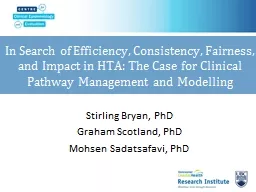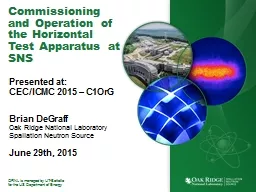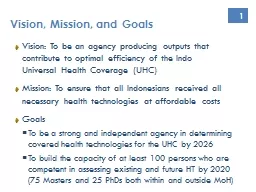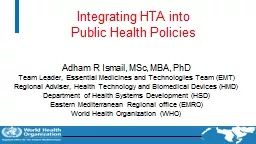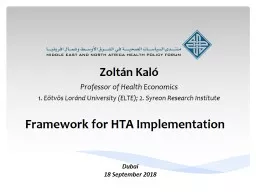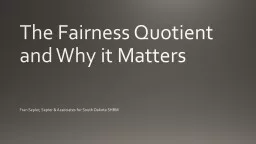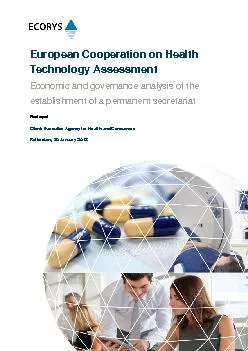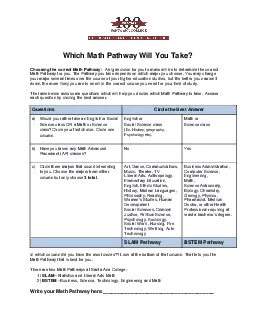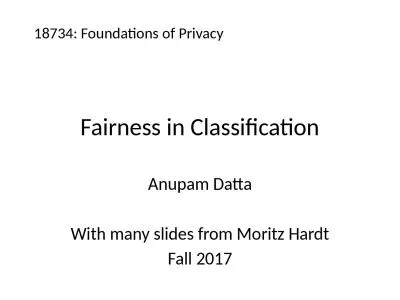PPT-In Search of Efficiency, Consistency, Fairness, and Impact in HTA: The Case for Clinical
Author : phoebe-click | Published Date : 2018-09-26
Stirling Bryan PhD Graham Scotland PhD Mohsen Sadatsafavi PhD Overview of session Stirling Bryan In Search of Efficiency Consistency Fairness and Impact in HTA
Presentation Embed Code
Download Presentation
Download Presentation The PPT/PDF document "In Search of Efficiency, Consistency, Fa..." is the property of its rightful owner. Permission is granted to download and print the materials on this website for personal, non-commercial use only, and to display it on your personal computer provided you do not modify the materials and that you retain all copyright notices contained in the materials. By downloading content from our website, you accept the terms of this agreement.
In Search of Efficiency, Consistency, Fairness, and Impact in HTA: The Case for Clinical: Transcript
Download Rules Of Document
"In Search of Efficiency, Consistency, Fairness, and Impact in HTA: The Case for Clinical"The content belongs to its owner. You may download and print it for personal use, without modification, and keep all copyright notices. By downloading, you agree to these terms.
Related Documents

